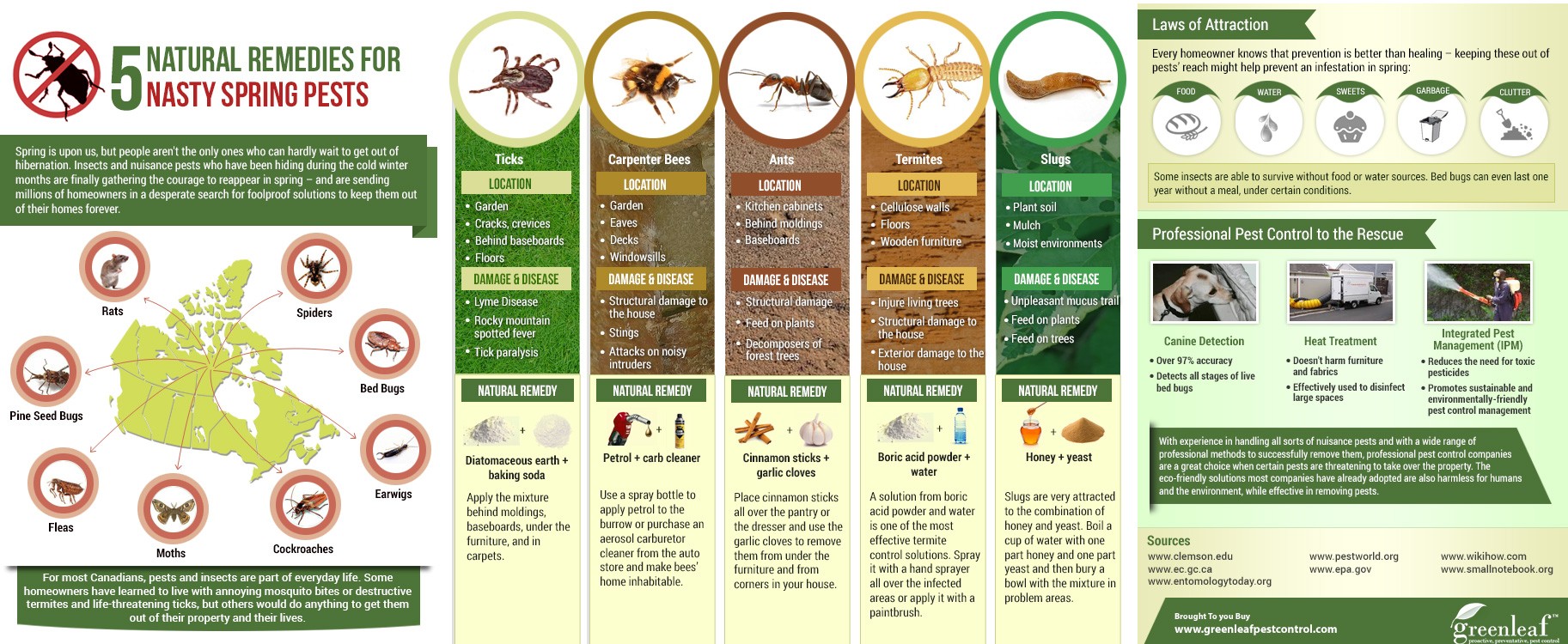Handling Rat Infestations: Insights Into Rodent Psychology
Handling Rat Infestations: Insights Into Rodent Psychology
Blog Article
Writer-Payne Nyborg
When it comes to rodent control, comprehending typical rodent habits is crucial to effectively handling problems. Did you recognize that rats have some interesting nesting habits that might stun you? By discovering their intricate habits, you can get valuable insights right into how to take on rodent concerns in a more critical and effective manner. So, let's untangle the enigmas behind these creatures' activities and discover just how to outsmart them in your rodent control efforts.
Rodent Nesting Habits
When observing rodents in their all-natural habitat, you'll discover that they actively choose materials to build their nests. Rats, such as computer mice and rats, are resourceful creatures that make use of a range of items like twigs, leaves, paper, and material to build their homes. read what he said in their nest-building process, often lining their nests with softer products like fur or plumes to develop a relaxing setting.
Rats prefer to develop their nests in hidden and safe and secure places to secure themselves and their young from predators. Learn Alot more Here nesting places consist of wall cavities, attic rooms, cellars, and even within insulation materials. By creating their nests in these remote locations, rodents can securely elevate their children far from potential risks.
It is vital to recognize the nesting habits of rats when executing control procedures. By disrupting their nests or getting rid of products, you can inhibit rodents from establishing a presence in your home or property. Proper hygiene and sealing off entry factors are also essential action in stopping rodent infestations.
Rodent Feeding Patterns
After observing rodents' nesting practices, it becomes obvious that their feeding patterns play an essential function in their day-to-days live and behaviors. Rodents, consisting of computer mice and rats, are opportunistic feeders, suggesting they'll consume whatever food resource is easily offered. They're largely nocturnal animals, choosing to forage for food during the cover of evening to avoid predators.
Rodents have a diverse diet plan, varying from grains, seeds, fruits, and veggies to insects, nuts, and also little pets. This versatility in their food choices allows them to thrive in numerous atmospheres, consisting of urban locations where human food sources are abundant.
Their feeding patterns aren't just driven by cravings however also by the requirement to stock food for times of shortage. This behavior is specifically obvious to prepare for cold weather or when nesting. Rodents are understood to hoard food in their nests or burrows, ensuring a continuous food supply. Recognizing their feeding patterns is important in executing effective rodent control measures to interrupt their food sources and prevent problems.
Rat Activity and Travel
Rats navigate their surroundings with agility and stealth, using their eager detects to relocate promptly via their atmospheres. These animals are skilled climbers, able to range wall surfaces and upright surface areas easily. They can likewise squeeze via surprisingly little openings, making it crucial to seal any type of potential entrance points in your home.
When it pertains to taking a trip, rodents have a tendency to comply with acquainted paths, developing routes along wall surfaces or skirting the sides of areas. They're creatures of habit, frequently sticking to these established paths as they forage for food or explore their environments.
Rodents are understood for their nocturnal practices, so you may hear them scooting about during the night as they look for food and water. Their motions fast and irregular, enabling them to dart in and out of view in the blink of an eye.
Comprehending just how rats relocate and take a trip can aid you determine prospective problem locations in your house and take positive steps to stop these bugs from acquiring a grip.
Verdict
As you function to regulate rodents in your house, keep in mind that comprehending their habits is vital. By identifying their nesting routines, feeding patterns, and movement, you can efficiently prevent invasions.
Together, by taking positive steps to remove food resources and seal off entrance points, you can interrupt their familiar paths and require them to look for new places, inevitably lowering the likelihood of rodent existence in your living spaces.
